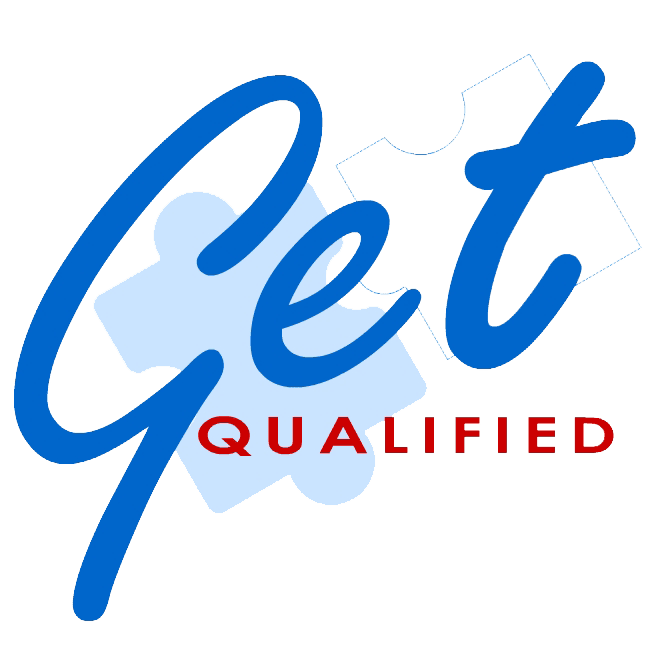Dynamic Earth and planets
Module Description
This module demonstrates to the learner the working of the Earth as a planet (geodynamics) and introduces the other planets of the solar system and how they differ from the Earth.
Students will learn the internal structure of the Earth (crust, mantle, and core), the way it convects, how it loses heat, and how this is manifested in plate tectonics.
The evolution of the Earth over its 4.6 billion-year history and the nature of continents and continental accretion will be linked to basic seismology, analysis of plate motions, hotspots and plate kinematics, and hazard and risk mapping.
Special attention will be given to the geodynamics of the Maltese Islands and surrounding continental shelf, siesimic deformation of the lithosphere, and associated earthquakes and volcanoes.
Entry Requirements
Candidates who apply for this course must possess:
- a related qualification at MQF Level 4
and/or
- one ‘A’ Level or equivalent in a Science subject and a pass in English Language* and Mathematics at MQF Level 3 (‘O’ Level or equivalent)
- In the case of students who do not possess all the formal required academic qualifications, then the RPL process could be applied such that if evidence of equivalent learning and/or professional experience are found then the applicant could still be accepted in the course. Such RPL process will subject applicants to an interview held with a board of experts within the field, chosen specifically by IDEA Academy, so as to verify their experiences and prior learning.
*Students whose first language is not English and do not possess an ‘O’ level pass in English Language will be required to demonstrate English language capability at IELTS level 6.0 or equivalent.
For students lacking the necessary academic qualifications, the Recognition of Prior Learning (RPL) process may apply. If equivalent learning evidence is found, the applicant could be accepted into the course.
Target Audience
This program caters to individuals interested in enhancing their academic and professional understanding of Geology and Earth Sciences.
This program targets individuals who:
- Would like to advance their academic and professional knowledge of Geology and Earth Sciences.
- Would like to advance their academic and professional knowledge of rocks, namely, classification, testing, and use in industry.
- Work in the construction and quarrying industry.
- Are seeking to pursue a career in Geology and Earth Sciences.
- Work in geotechnical laboratories seeking to advance their knowledge and position.
Module / Unit Instructions
The proposed structure comprises a blended approach promoting the building of a community of practice via peer-to-peer learning. The structure uses primarily two dimensions of teaching-learning modes:
- Face to Face sessions
Face-to-face sessions include lectures, tutorials, discussions, presentations and workshop activities promoting peer-to-peer learning.
- Online Learning Activities
Online learning activities incorporate tutorials and asynchronous discussions. These may consist of active interaction, participation and contributions in fora discussions, sharing resources and self-reflection exercises. Learners also contribute to the building of the community of practice by providing feedback to their peers as critical friends, enhancing the learner’s critical engagement throughout the study period.
How you’ll be assessed
The course comprises:
- Evening classes for part-time courses.
- Classes held throughout the day for full-time courses.
- Guided learning, presentations, comprising synchronous online discussions, tutorials and/or videos.
- Self-study hours comprising research, reading and assignment work.
- Fieldwork at specific sites in the Maltese Islands.
Assessment
Assessment is carried out via two mandatory components:
- Assessment 1
- Assessment 2
The programme includes different forms of assessment which allow for and promote students’ critical engagement. The assessment tasks may include an in-class assignment and/or a home-based written assignment using diverse assessment tools which may take the form of online and in-class discussions, examinations, case studies, reports, proposals, essays, and presentations, etc., as applicable to the diverse modules.
Module Intake Dates
October 2024
Learning Outcomes
Competences:
At the end of the module/unit the learner will have acquired the responsibility and autonomy to:
- Describe geodynamic systems.
- Identify natural hazards.
- Observe high-risk ground areas.
Knowledge:
At the end of the module/unit, the learner will be able to:
- Discuss the dynamic nature of our planet.
- Identify the deep structure and zoned nature of the Earth.
- Describe the structure of the mantle and its role in the Earth system.
- Display an understanding of plate tectonics and the evidence for it in the oceanic and continental crust.
- Illustrate the nature of rocky planets on the Solar system.
Skills:
At the end of the module/unit, the learner will have acquired the following skills:
- Acquire field-based skills for making geological observations.
- Identify rock types and relate to their tectonic location.
- Apply knowledge regarding the evolution of the Earth.
- Illustrate the origin of earthquakes and volcanic systems and their hazards.
Module-Specific Learner Skills:
At the end of the module/unit the learner will be able to:
- Be more aware of the dynamic nature of our planet.
Module-Specific Digital Skills and Competences:
At the end of the module/unit, the learner will be able to:
- Become exposed to the various software related to geodynamics.
- Navigate through the online learning platform to find assignments, discussion boards, literature, tutorials etc.
